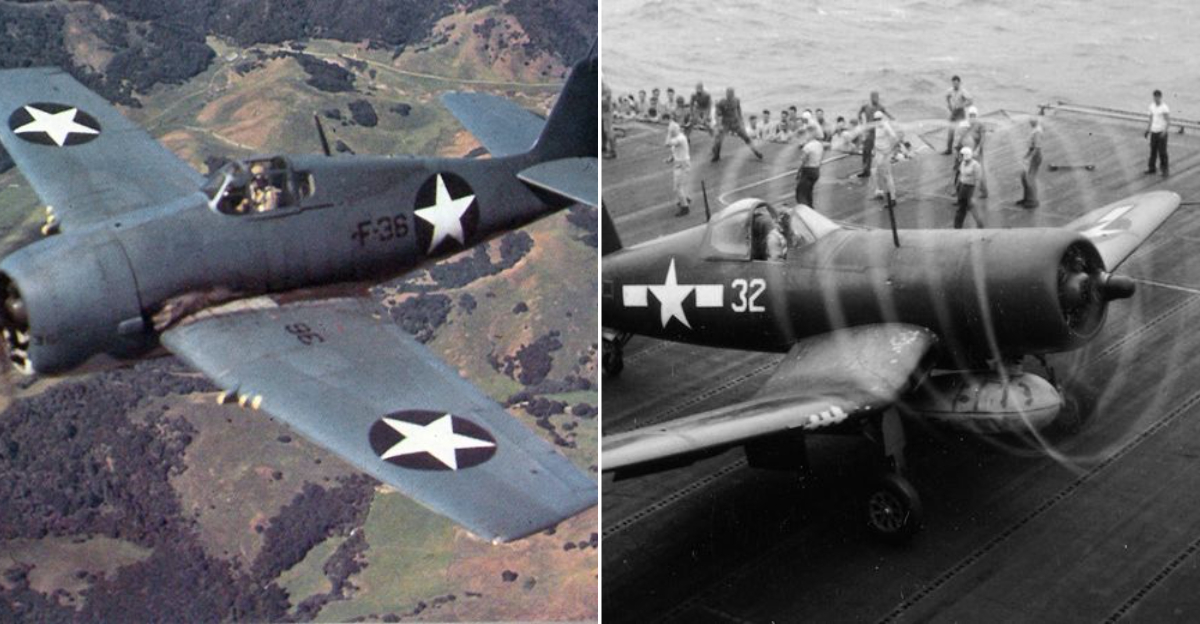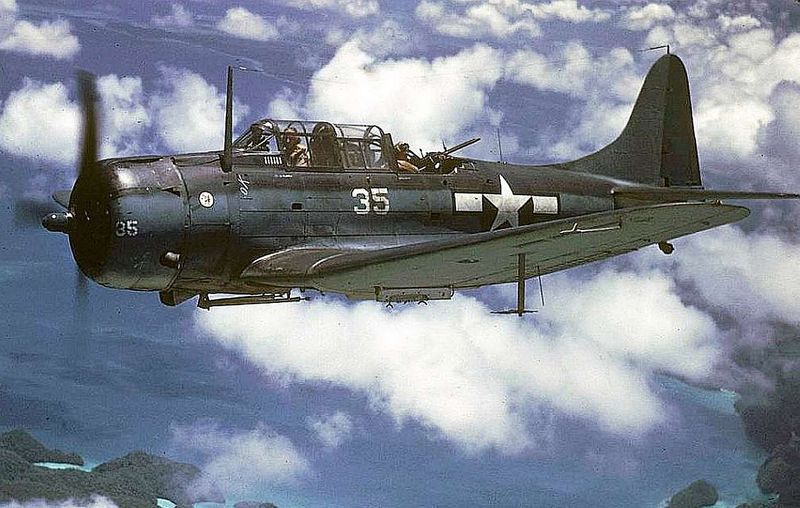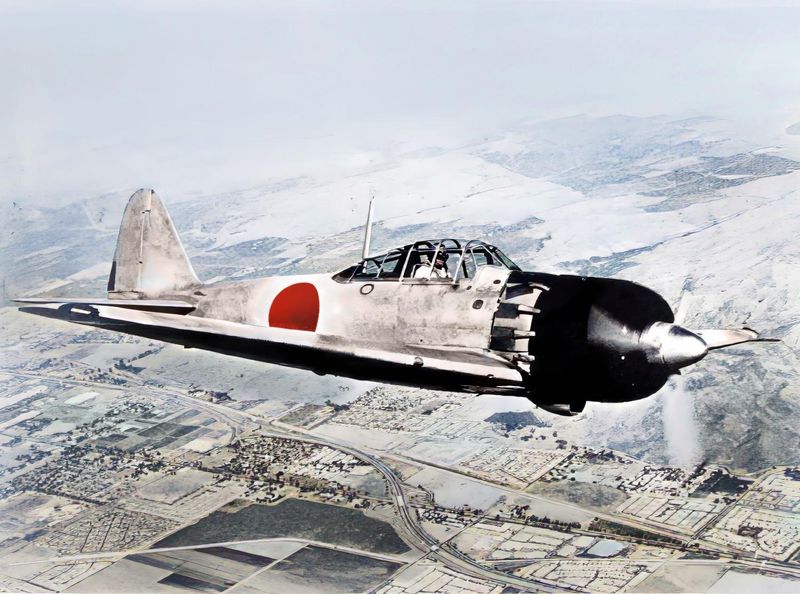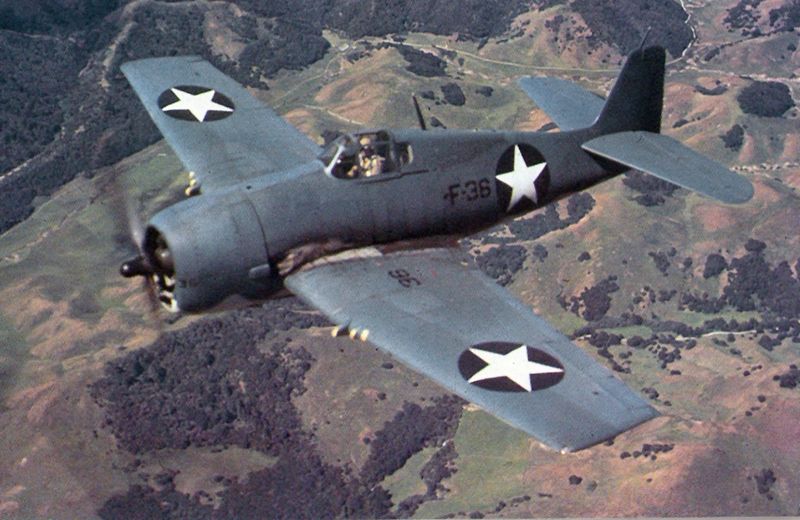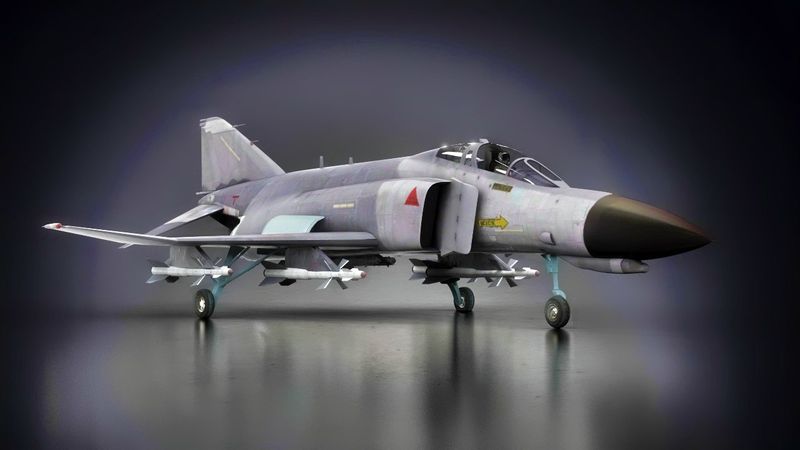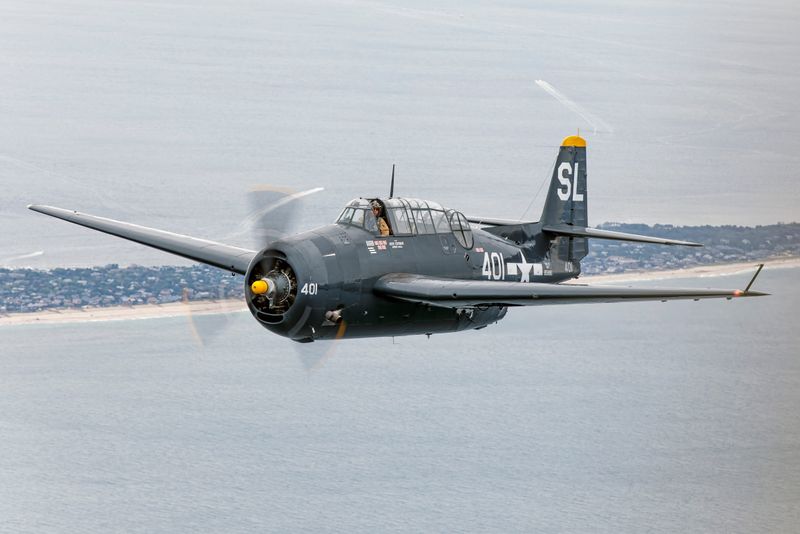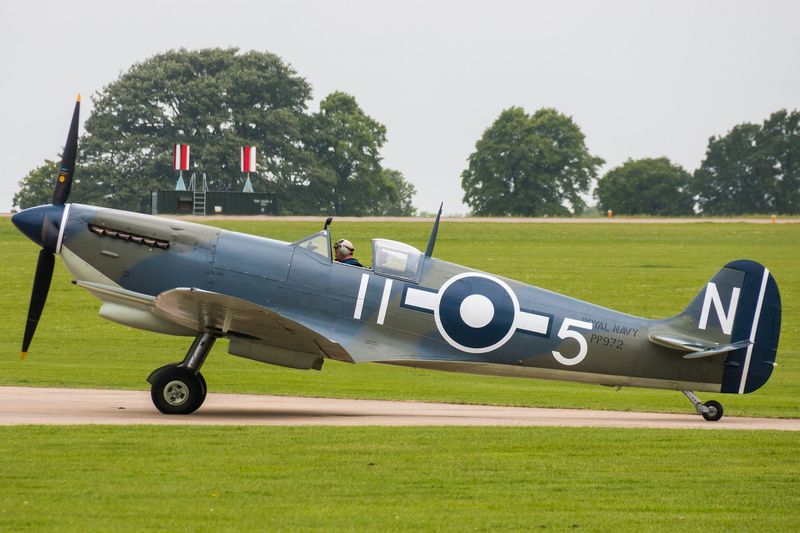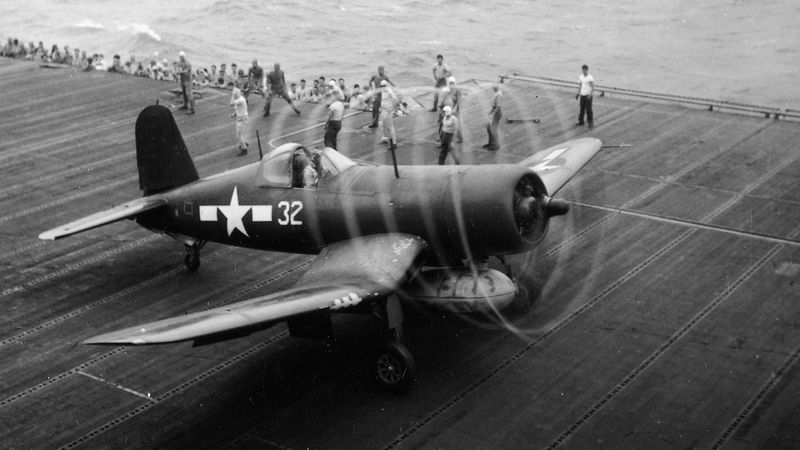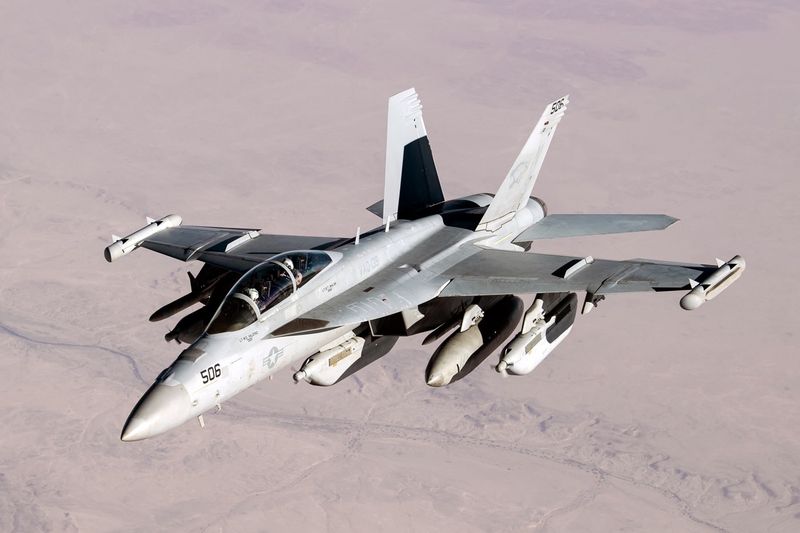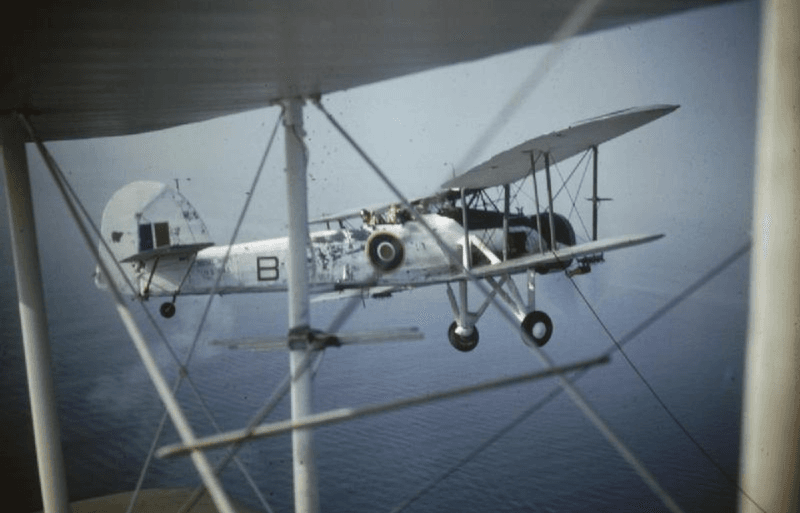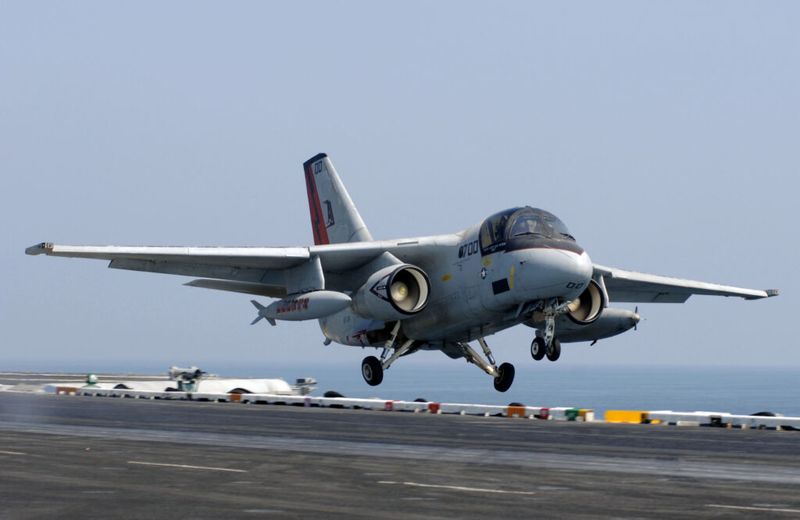Warplanes have played pivotal roles in shaping naval battles, transforming strategies and outcomes across history. These flying machines brought new dimensions to warfare, changing how nations engaged on the seas.
From World War II to modern conflicts, certain aircraft stood out due to their innovative designs, combat prowess, and strategic impact. This article celebrates 10 of these legendary warplanes that forever altered the landscape of naval warfare.
Each one carries a story of valor, technological advancement, and strategic brilliance that not only marked naval history but also the evolution of air combat.
1. Douglas SBD Dauntless
The Douglas SBD Dauntless delivered a pivotal blow at the Battle of Midway, a turning point in the Pacific War. Known for its accuracy and resilience, this dive bomber was instrumental in sinking four Japanese carriers.
Its design allowed precise bombing runs, making it a lethal adversary. Pilots admired its stability and the effectiveness of its dive brakes. Despite its slow speed, it earned respect for its reliability and combat effectiveness.
The Dauntless became synonymous with American naval aviation prowess and remains a symbol of determination and precision in battle.
2. Mitsubishi A6M Zero
The Mitsubishi A6M Zero was Japan’s ace in the skies during the early days of World War II. Known for its agility and long range, it outmaneuvered many Allied aircraft with ease.
As a carrier-based fighter, it was a symbol of Japanese innovation and military might. Its lightweight frame allowed for impressive speed and maneuverability, making it a deadly opponent.
However, as the war progressed, its lack of armor and self-sealing fuel tanks became liabilities. Nevertheless, the Zero left an indelible mark on aerial combat with its early successes.
3. Grumman F6F Hellcat
The Grumman F6F Hellcat was a formidable force in the Pacific Theater during World War II. This robust fighter downed over 5,000 enemy aircraft, showcasing its superior design and firepower.
With a rugged structure and powerful engine, it quickly became the backbone of the U.S. Navy’s fighter fleet. Pilots praised its ability to take damage and keep flying, a key factor in its dominance.
The Hellcat’s role in the Battle of the Philippine Sea was crucial, contributing significantly to the overwhelming victory. Its legacy as a top-tier fighter continues to this day.
4. McDonnell Douglas F-4 Phantom II
The McDonnell Douglas F-4 Phantom II emerged as a Cold War icon, extensively used in naval operations during the Vietnam War. Its versatility and power made it a formidable presence in the skies.
Capable of functioning as an interceptor, fighter-bomber, and reconnaissance aircraft, it was truly multi-role. With a top speed exceeding Mach 2, it could outrun most adversaries.
The Phantom’s adaptability allowed it to carry a wide array of weapons, ensuring its relevance across various missions. Its twin-engine design and advanced radar systems provided reliability and effectiveness, securing its place in aviation history.
5. Grumman TBF Avenger
The Grumman TBF Avenger earned its reputation as a tough and reliable torpedo bomber during World War II. It played a significant role in crippling enemy ships at critical battles such as the Battle of Leyte Gulf.
Its rugged design and ample payload capacity made it a favorite among crews. Equipped with a powerful radial engine, it could absorb substantial damage and still complete missions.
The Avenger’s ability to operate from aircraft carriers made it invaluable for naval operations. Its legacy endures as a symbol of American resilience and ingenuity in aerial warfare.
6. Supermarine Seafire
The Supermarine Seafire, a naval version of the famous Spitfire, brought speed and finesse to Royal Navy carriers. Known for its agility and excellent climbing capabilities, it became an essential asset in the fleet air arm’s arsenal.
Its sleek design and powerful engine allowed for impressive aerial performance. Pilots appreciated its precise handling and combat effectiveness.
Despite its relatively short range and limited payload, the Seafire’s agility made it a formidable dogfighter. It served with distinction in the Mediterranean and Pacific theaters, enhancing the Royal Navy’s air superiority.
7. Vought F4U Corsair
The Vought F4U Corsair, with its iconic gull wings, dominated late-World War II naval air battles. Renowned for its speed and firepower, it provided crucial air support for Allied forces. Its robust design enabled it to withstand harsh conditions and engage in fierce combat.
Pilots relished its speed and maneuverability, which gave them an edge in dogfights. The Corsair’s ability to operate from aircraft carriers expanded its reach and impact. Its contributions to victory in the Pacific earned it a legendary status among naval aviators, symbolizing bravery and innovation.
8. McDonnell Douglas F/A-18 Hornet
The McDonnell Douglas F/A-18 Hornet stands as a modern marvel in naval aviation. As a multi-role jet, it serves as a fighter, attack, and reconnaissance aircraft, making it a staple of U.S. Navy air power.
Its sleek design and advanced avionics ensure superior performance in various missions. The Hornet’s agility and speed allow it to excel in both air-to-air combat and ground attacks.
Its reliability and versatility have made it an indispensable asset for modern naval operations. The Hornet continues to safeguard naval interests with cutting-edge technology and unmatched precision.
9. Fairey Swordfish
The Fairey Swordfish, despite its vintage biplane design, shocked the world by crippling the German battleship Bismarck. Known for its slow and steady approach, it proved that persistence and strategy could overcome technological inferiority.
With its open cockpit and fabric-covered wings, the Swordfish was a relic in a modernizing world. Yet, its ability to carry torpedoes made it a credible threat.
It was a reminder that ingenuity and determination could change the course of history, leaving a legacy of courage and resourcefulness.
10. Lockheed S-3 Viking
The Lockheed S-3 Viking was an advanced sub-hunting aircraft that extended the Navy’s reach beneath the waves. Known for its versatility, it operated in anti-submarine warfare, aerial refueling, and electronic reconnaissance.
Its sophisticated sensor suite allowed for precise detection and engagement of enemy submarines. The Viking’s ability to adapt to various missions made it invaluable for naval operations.
Although retired, its legacy endures as a testament to the strategic depth and technological prowess of naval aviation.
